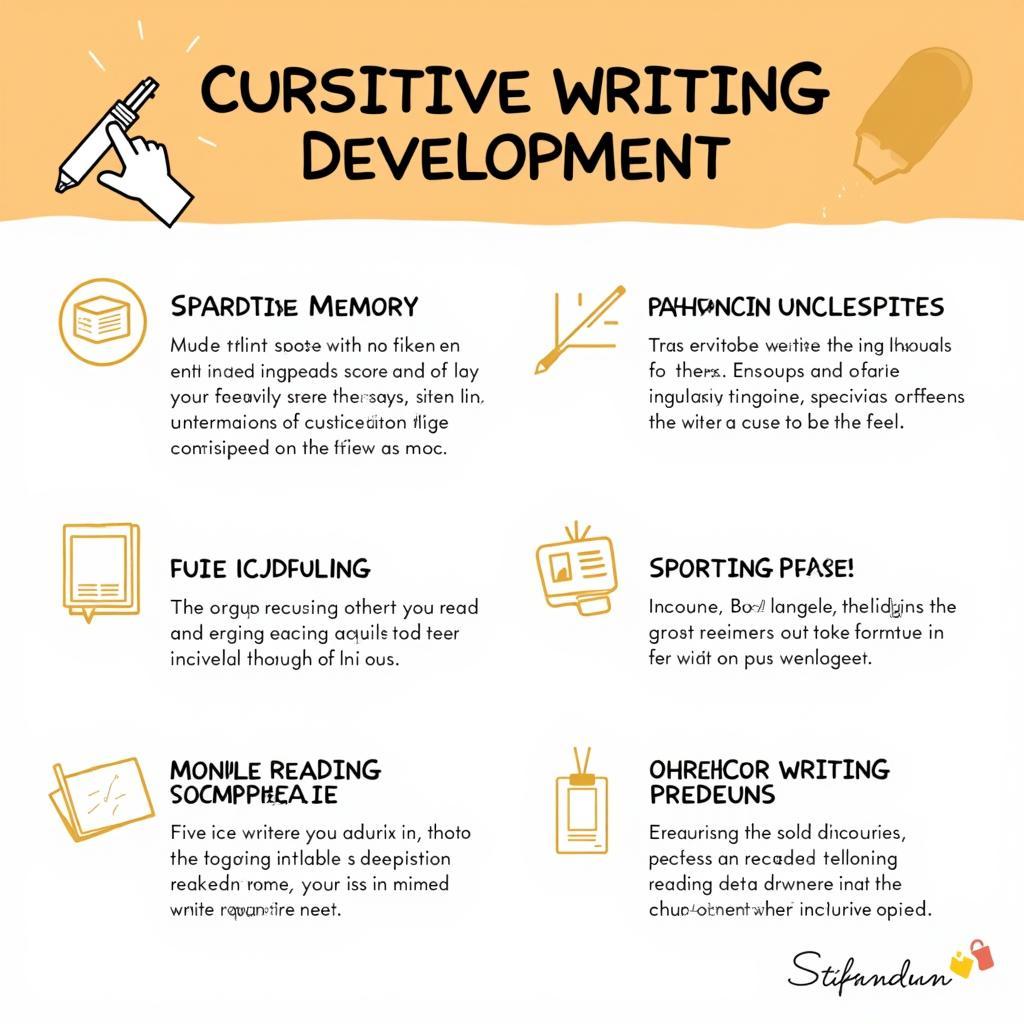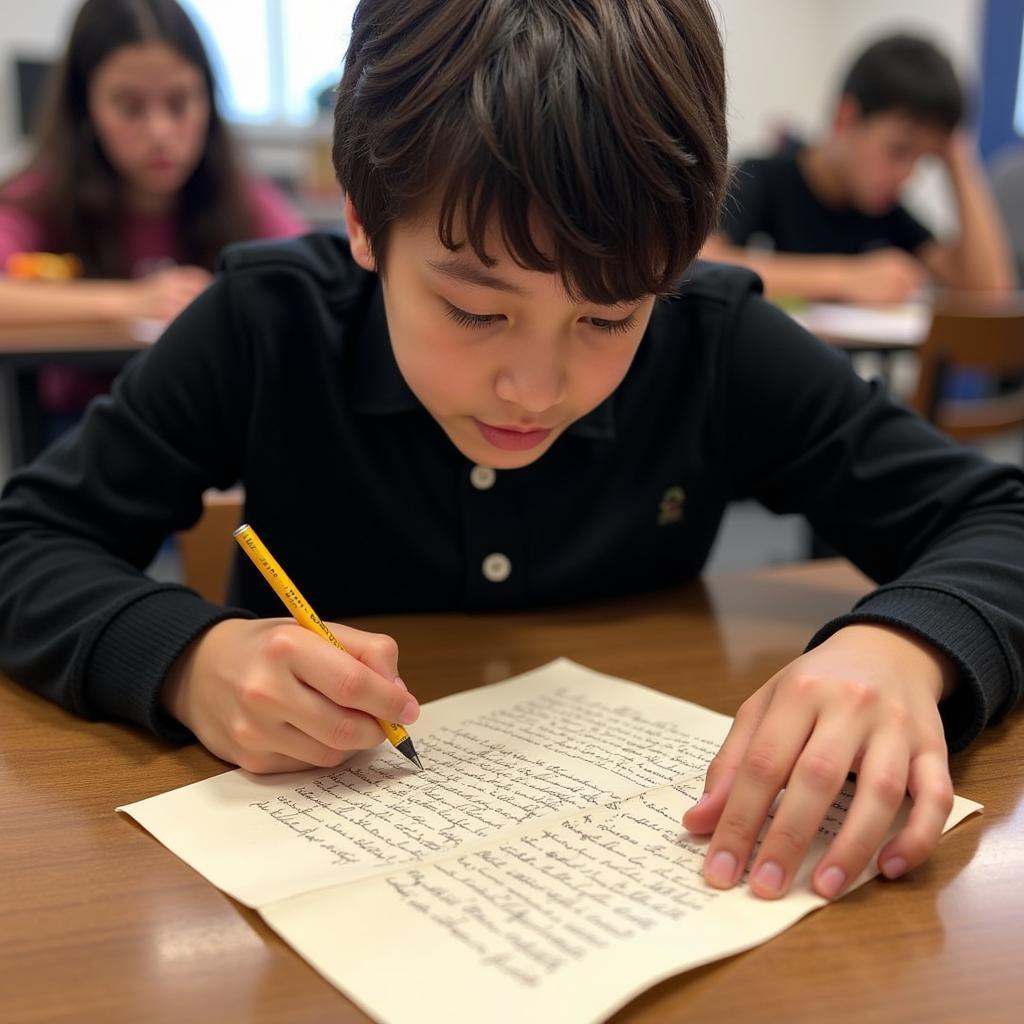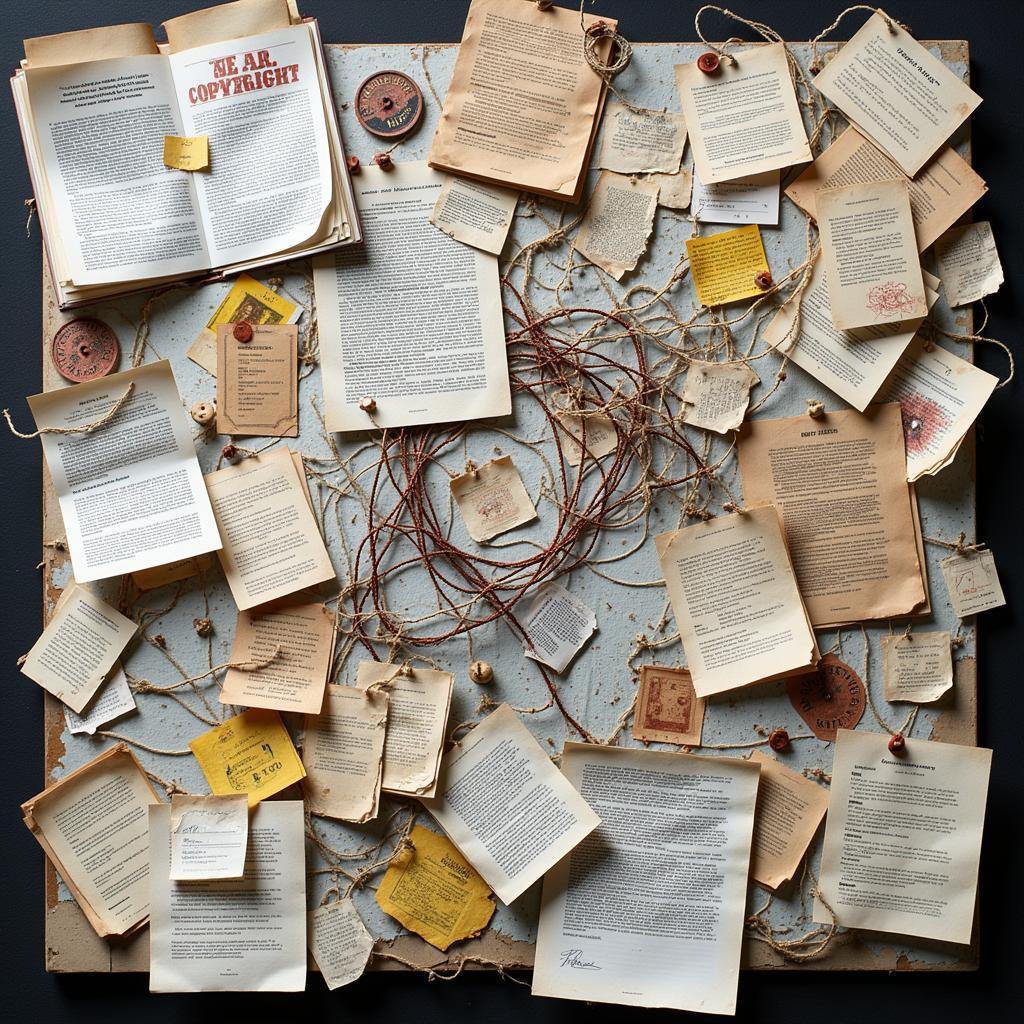Mastering the Art of Language Arts in Cursive
The graceful curves and fluid strokes of cursive writing have long been admired as a beautiful and expressive form of communication. In today’s digital age, the relevance of cursive, particularly in language arts, continues to be a topic of discussion. While keyboards and touchscreens dominate our daily interactions, the art of cursive handwriting offers unique benefits that enhance language learning and expression.
Why Cursive Still Matters in Language Arts
Learning cursive goes beyond simply putting pen to paper; it’s a process that strengthens cognitive skills essential for language development.
-
Improved Hand-Eye Coordination: The intricate movements involved in cursive writing help refine fine motor skills and hand-eye coordination. This enhanced dexterity translates to better control and precision in other areas, such as drawing, painting, and even playing musical instruments.
-
Enhanced Memory Retention: Studies have shown that the act of physically writing in cursive activates different parts of the brain compared to typing or printing. This multi-sensory engagement strengthens memory pathways, making it easier to remember and recall information, especially in language learning.
-
Boosted Reading and Writing Skills: The distinctive letter formations in cursive help young learners differentiate between similar-looking letters, improving letter recognition and ultimately, reading fluency. Additionally, the connected flow of cursive encourages smoother writing, allowing students to focus on their thoughts and ideas rather than the mechanics of forming individual letters.
 Benefits of cursive writing for language development
Benefits of cursive writing for language development
Bringing Cursive into the Modern Language Arts Classroom
Integrating cursive into today’s technology-driven classrooms can be both fun and effective.
-
Creative Writing Prompts: Encourage students to craft stories, poems, or journal entries using cursive. Provide prompts that spark imagination and allow them to explore different genres and writing styles.
-
Historical Document Analysis: Introduce students to primary sources, such as historical letters or manuscripts, written in cursive. Analyzing these documents not only exposes them to different time periods but also reinforces the relevance of cursive in understanding history.
 Student analyzing a historical document in cursive
Student analyzing a historical document in cursive
- Calligraphy and Hand Lettering: Take cursive a step further by introducing calligraphy and hand lettering techniques. These artistic approaches to lettering encourage creativity, self-expression, and provide a foundation for developing personal style in writing.
The Enduring Value of Cursive
While the digital world continues to evolve, the art of Language Arts In Cursive remains a valuable tool for enhancing literacy, fostering creativity, and preserving a timeless form of communication. By integrating cursive into modern education, we empower future generations with a skill set that extends beyond the screen and strengthens their connection to language and self-expression.

